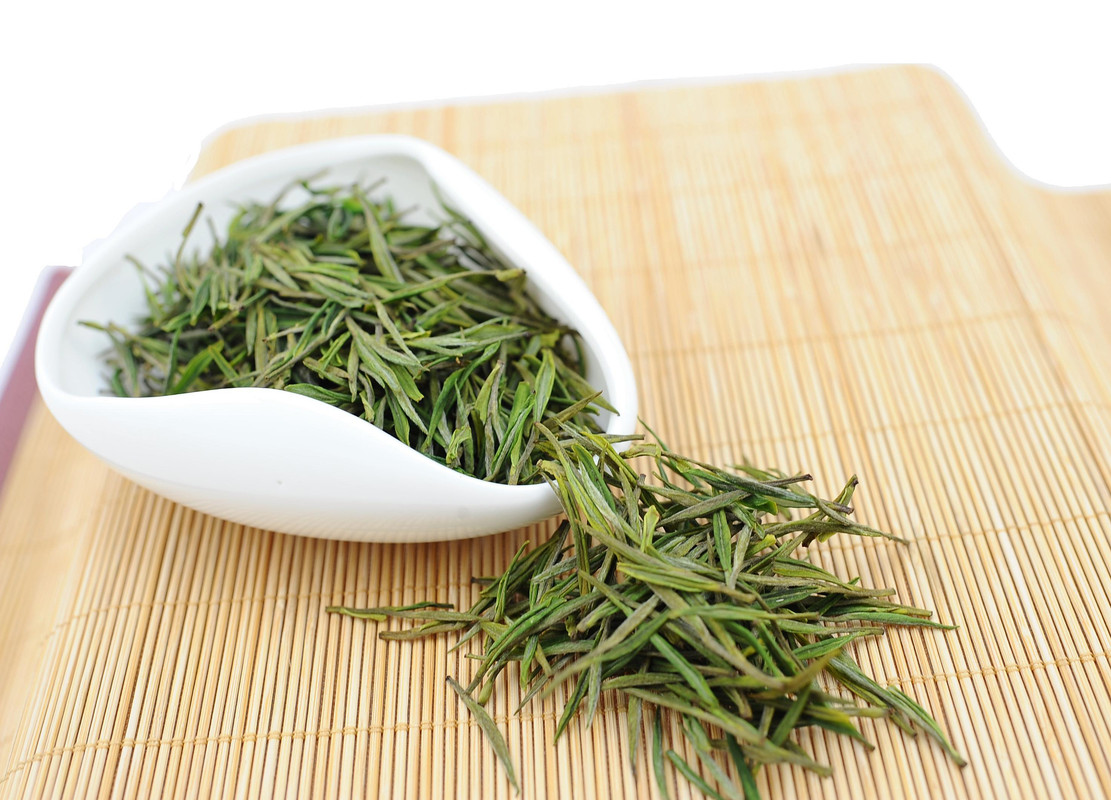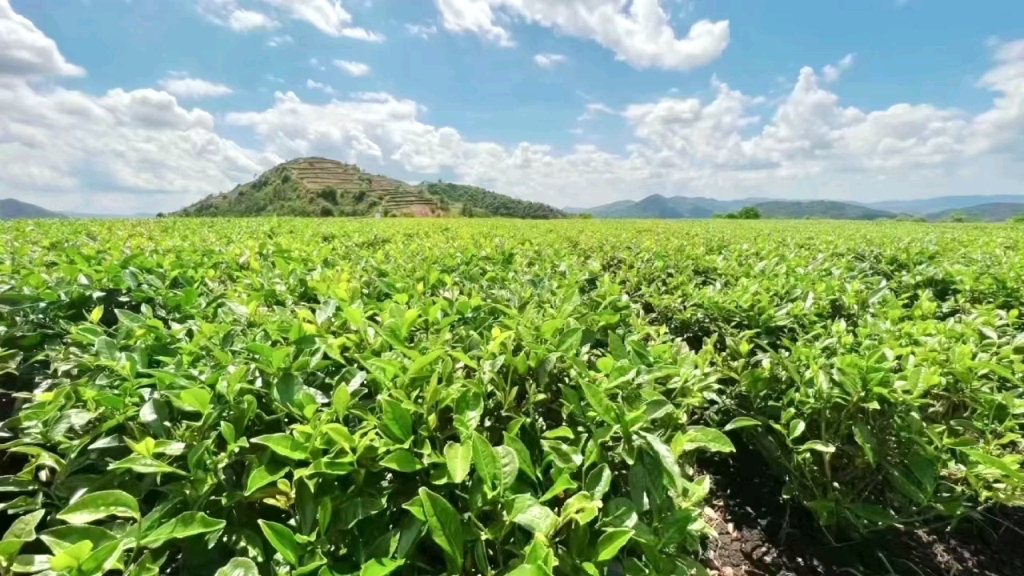In the misty valleys of ancient Fujian, where the air is crisp with the scent of dew-kissed leaves, lies a tale as delicate and nuanced as the tea itself—the story of white tea. Unlike its more robust cousins, white tea’s history is one of serendipity, reverence, and a flavor as subtle as the first light of dawn.

The Legendary Beginnings
Legend whispers that white tea’s origins date back to the Tang Dynasty (618–907 AD), when a tea farmer in Fujian stumbled upon a peculiar sight: young tea buds, untouched by sunlight, shimmering like silver threads. Believing them to be a gift from the heavens, he plucked the buds and dried them gently under moonlight. The resulting brew, with its delicate sweetness and floral notes, was named Baihao Yinzhen (Silver Needle)—a tribute to nature’s perfection.
The Song Dynasty’s Royal Elixir
By the Song Dynasty (960–1279 AD), white tea had transcended its humble beginnings. Emperors, captivated by its ethereal flavor, declared it a royal elixir. The production of Bai Mudan (White Peony) and Shou Mei (Longevity Eyebrow) became rituals reserved for imperial workshops. Tea masters meticulously selected only the finest buds, allowing them to wither naturally in bamboo baskets before a gentle sun-drying. This “non-manipulation” philosophy mirrored the Song Dynasty’s aesthetics of understated elegance.
The Ming Dynasty’s Zen Connection
The Ming Dynasty (1368–1644 AD) saw white tea embrace a spiritual dimension. Buddhist monks in Fujian’s monasteries adopted white tea as a meditation aid, valuing its clarity and purity. They discovered that the tea’s minimal processing preserved its natural qi (energy), making it a bridge between the mortal and the divine. In quiet temples, monks sipped white tea as they sought enlightenment, finding in its subtlety a reflection of their inner landscapes.
Modern Renaissance and Global Echoes
For centuries, white tea remained a niche treasure, appreciated by connoisseurs but overlooked by the masses. Yet, in the 21st century, a global shift towards wellness and mindfulness has reignited its popularity. Artisan producers in Fujian now experiment with terroir and aging, crafting white teas that evoke notes of wild honey or sun-warmed stone. In London’s tea salons and New York’s wellness studios, white tea is celebrated not just for its taste, but as a symbol of slow living and connection to nature.
A Legacy in Every Leaf
Today, white tea stands as a testament to China’s tea philosophy—a celebration of simplicity and harmony with the natural world. Each silver needle, carefully plucked and gently dried, carries the weight of a thousand-year legacy. It is not merely a drink, but a meditation on time, inviting us to pause, as emperors and monks once did, and find in its translucent hue a moment of quiet perfection.
So, the next time you encounter a cup of white tea, let it transport you to misty valleys and ancient temples. In its gentle aroma and lingering sweetness, you’ll taste not just tea, but the very essence of tranquility itself.



